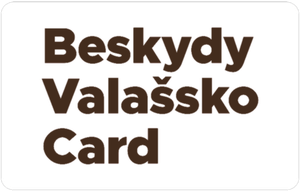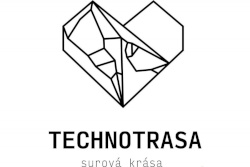- Home - TIC Nový Jičín
- Firmy a služby
- Religious tourism, pilgrimage
Religious tourism, pilgrimage

Statue of St. Anthony of Padua
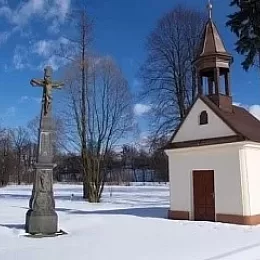
Stone cross by the church
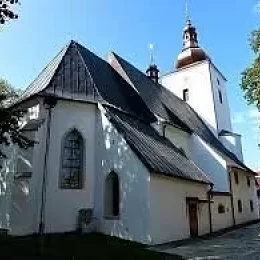
Church of St. John the Baptist

Chapel of the Passion of Christ with tombstone
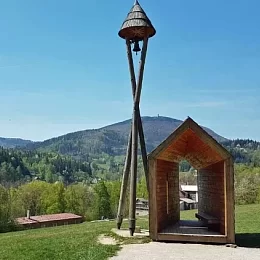
Bell tower at Horečky - Beskyd Guardian

Chapel of the Holy Cross
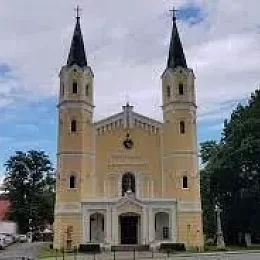
Parish Church of the Exaltation of the Holy Cross
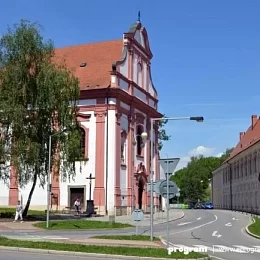
Church of St. Valentine

The Cross
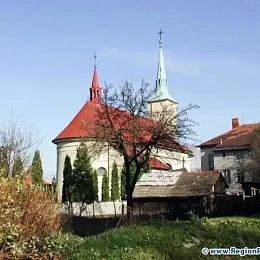
Parish Church of the Visitation of the Virgin Mary
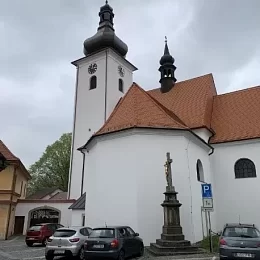
Church of St. Martin

Statuary of Saints Roch and Sebastian

St. Wenceslas Parish Church
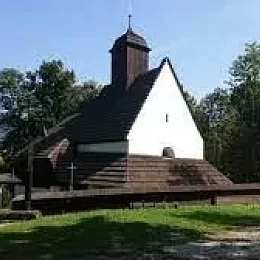
Church of St. Catherine

Jewish Synagogue
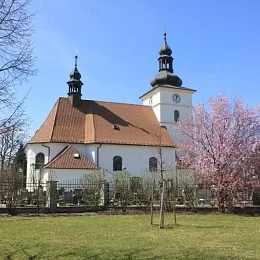
Parish Church of St. James the Elder
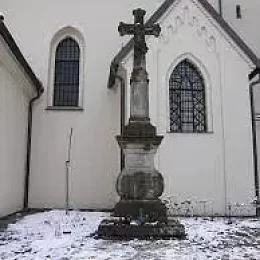
Baroque stone cross

Lourdes Chapel of St. Mary

Parish Church of St. Martin

Virgin Mary in the rock
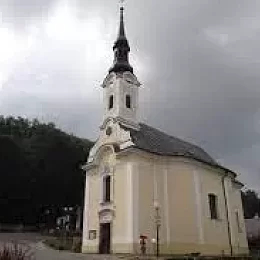
Church of St. Maximilian
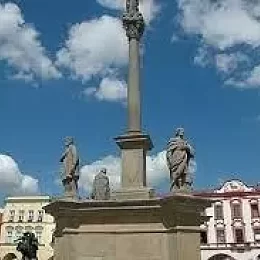
Column with a statue of the Virgin Mary and a fountain (plague column)
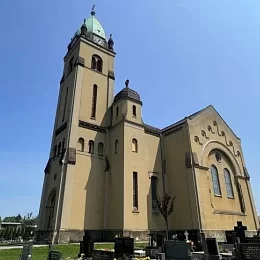
Church of the Sacred Heart of the Lord
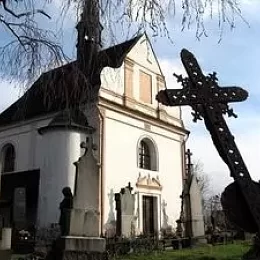
Church of St. Francis Seraphim

Plague Column of the Virgin Mary
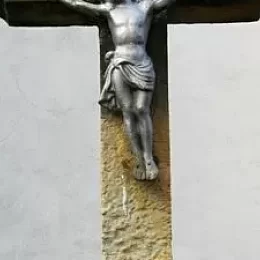
Stone neo-Gothic cross

Statue of St. Nicholas

Parish Church of the Nativity of the Virgin Mary

Chapel of Our Lady of Sorrows, called the Spanish Chapel

Statue of St. Ignatius of Loyola
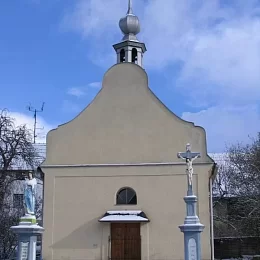
Chapel of St. Anne
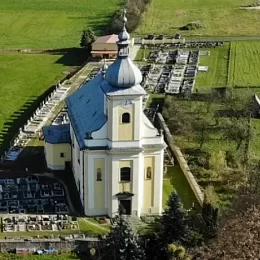
Church of St. Nicholas

Statue of St. John of Nepomuk

Church of St. George

Chapel of St. John Sarkander

Chapel of Saints Cyril and Methodius at Radhost

Church of the Holy Trinity

